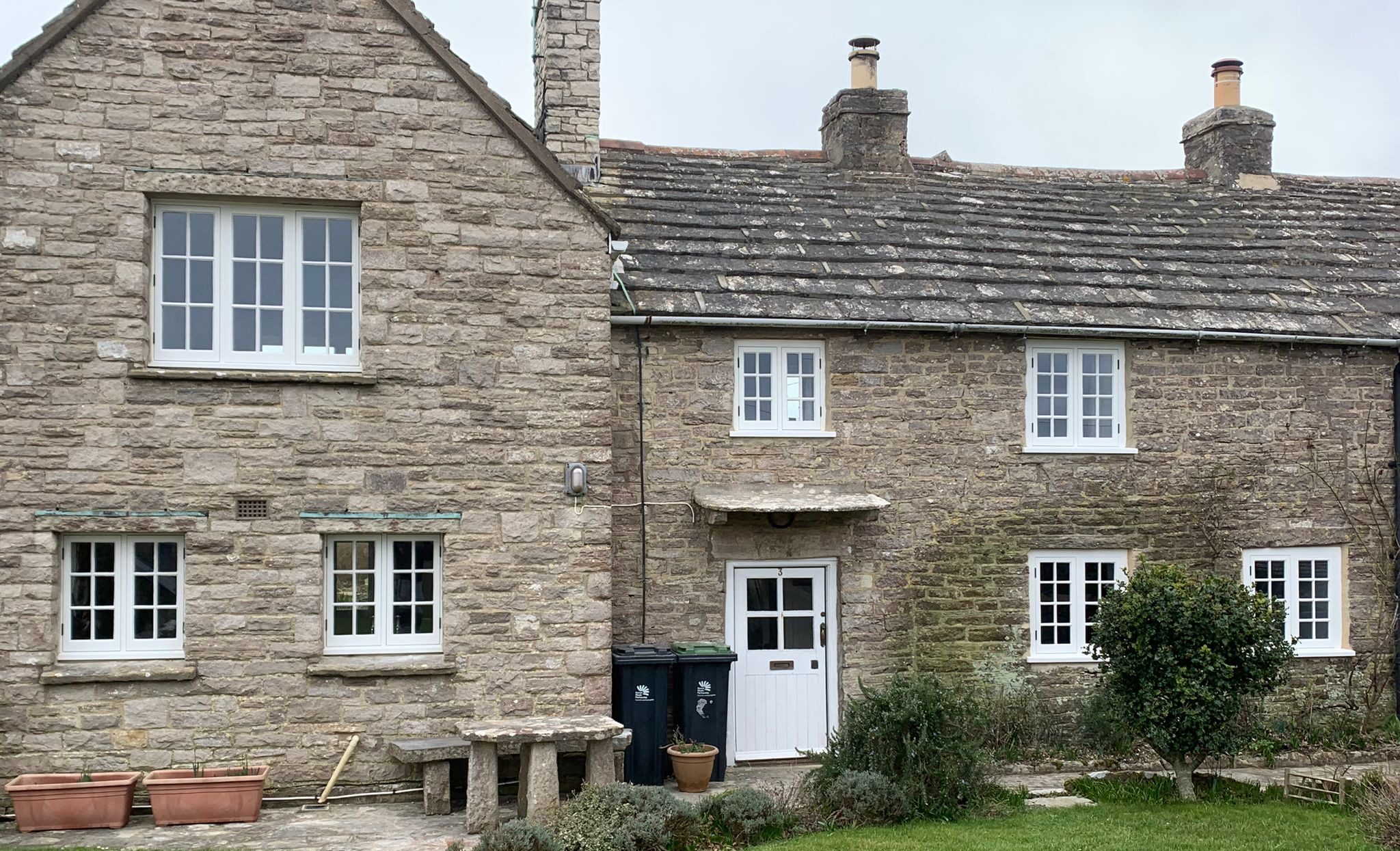
Building a Sustainable Future: Discover the Advantages of Wood for Windows and Doors
As we strive towards a more sustainable future, we must consider the materials we use in construction. Wooden windows and doors offer many advantages that

As we strive towards a more sustainable future, we must consider the materials we use in construction. Wooden windows and doors offer many advantages that
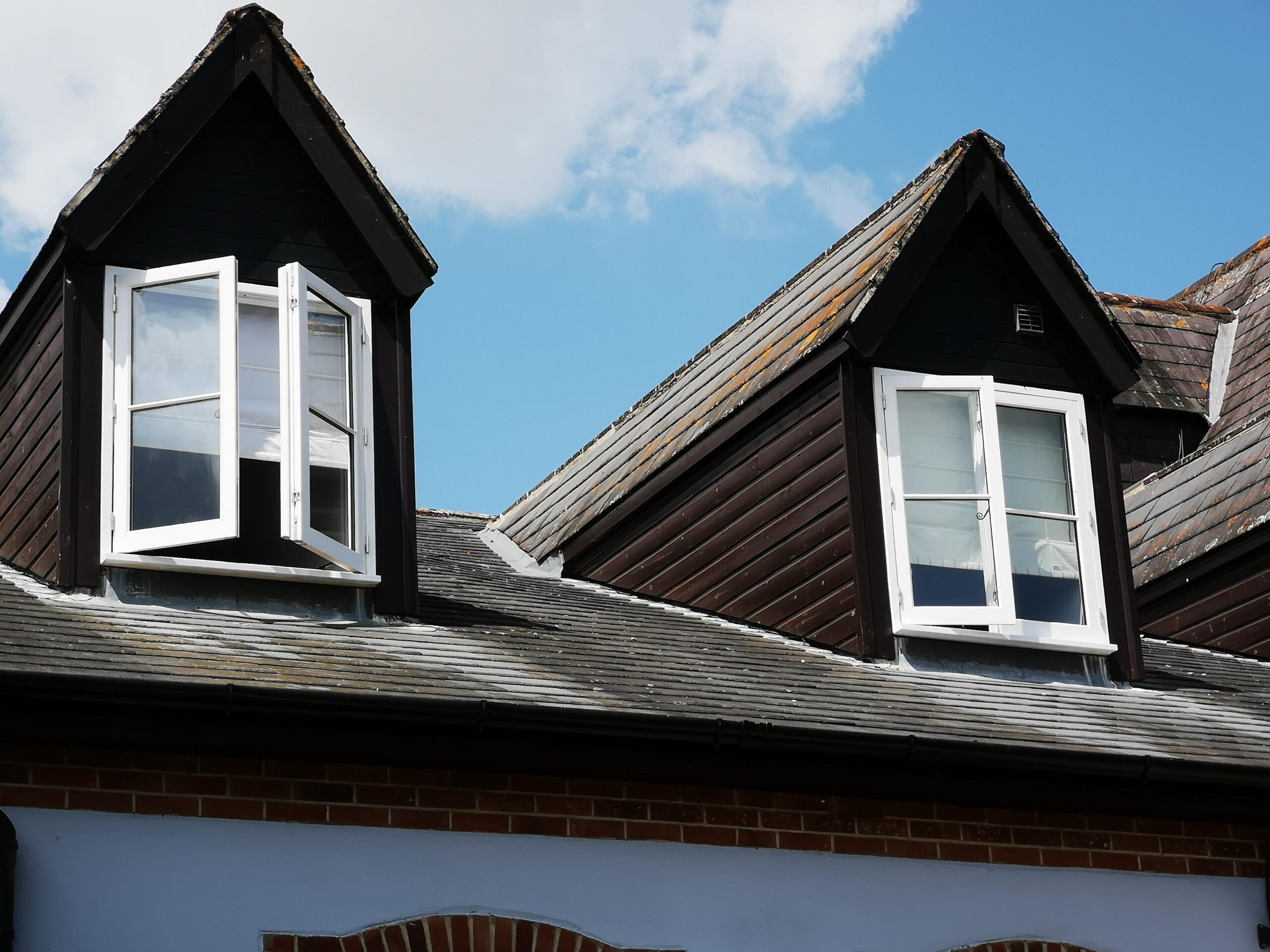
As a homeowner in the UK, it is important to understand the building standards that govern the construction and maintenance of your property.
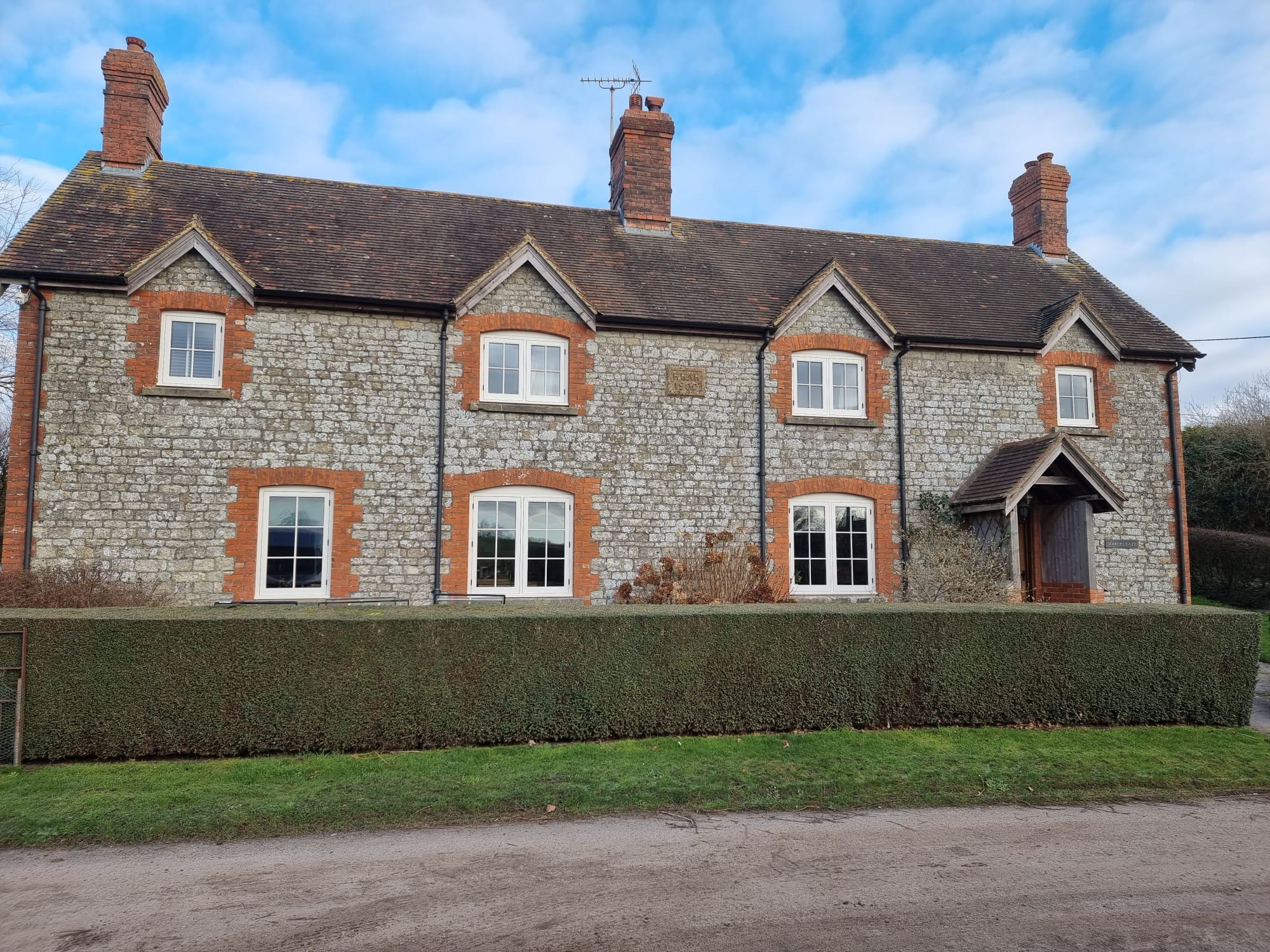
When it comes to enhancing the aesthetics of your home, one of the key elements to consider is the type of windows you choose. Timber
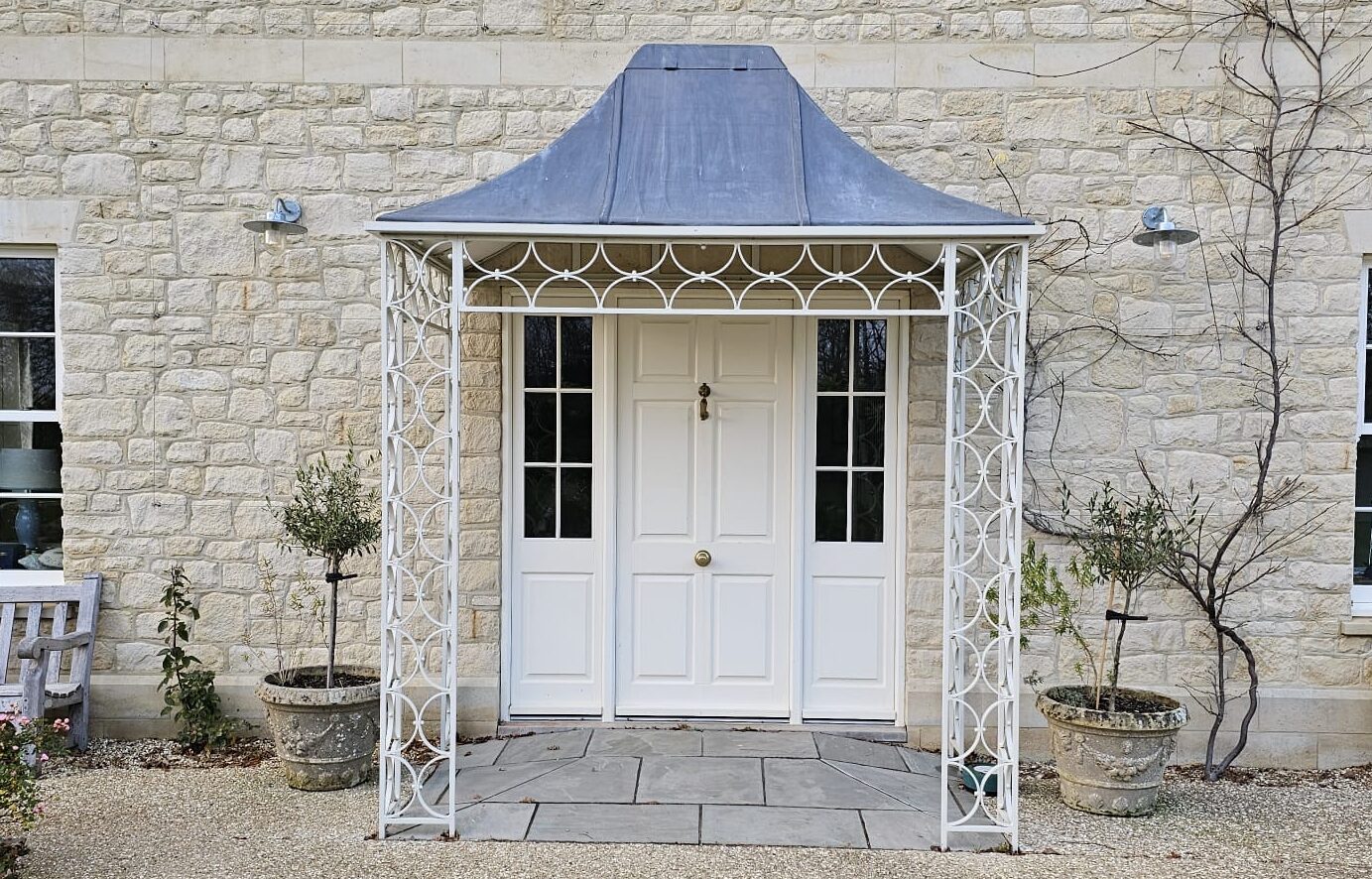
Choosing the right entrance door is crucial for your home’s security, aesthetics, and energy efficiency. This guide will explore the factors to consider when selecting
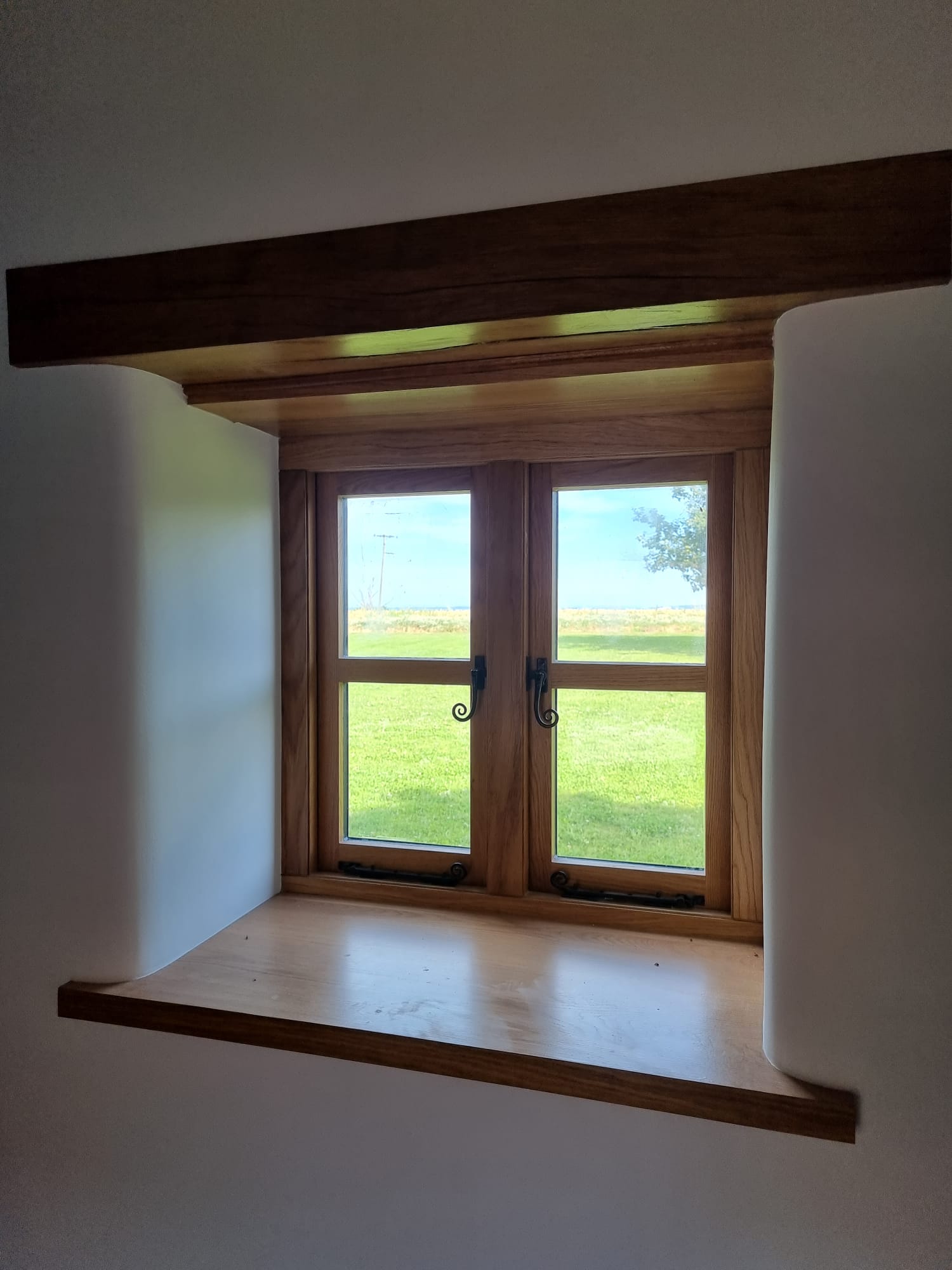
Introduction to Timber Windows Timber windows have been a popular choice for homeowners for centuries, and their timeless elegance continues to captivate people even in
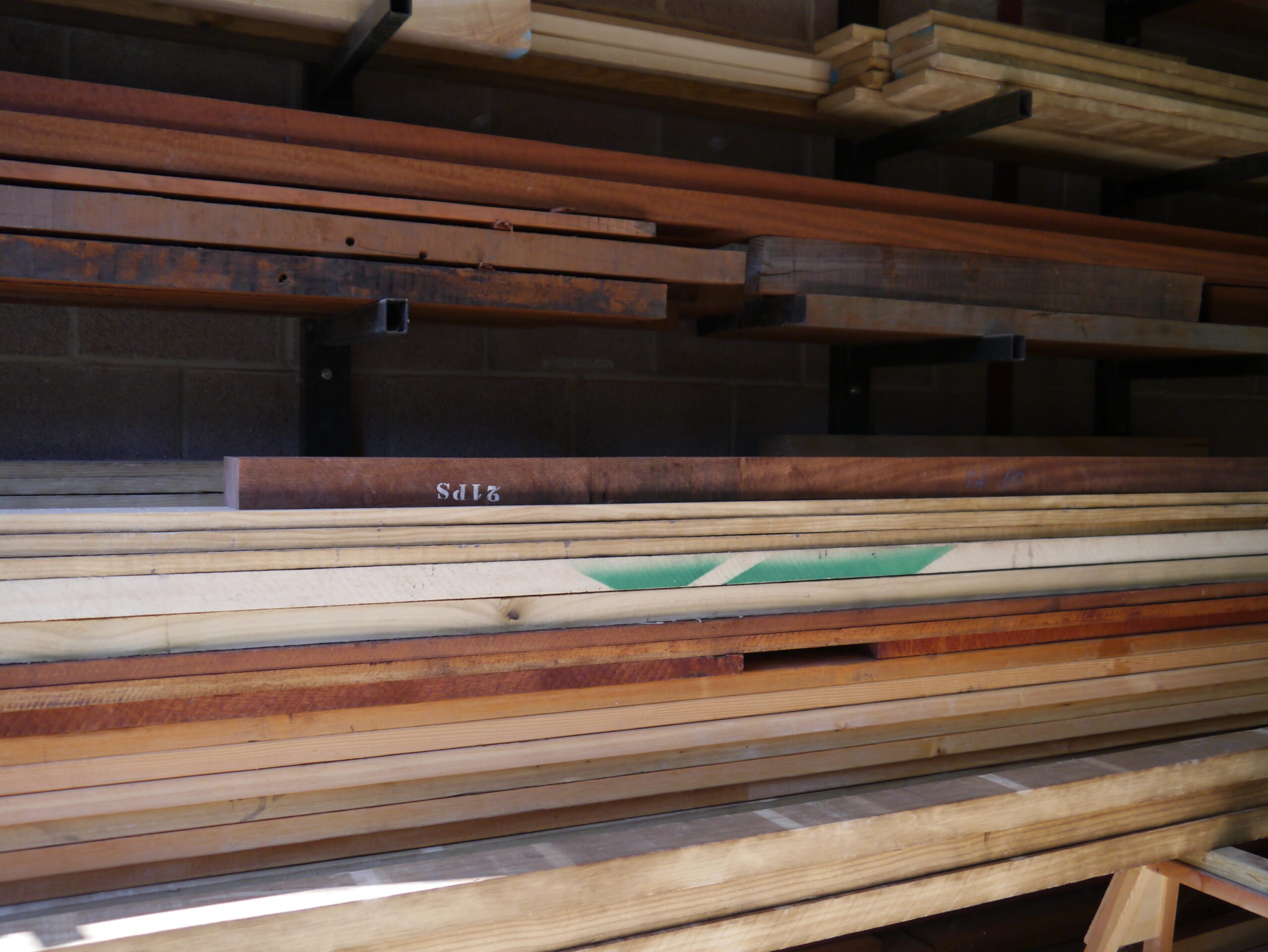
When it comes to working with wood, there are two terms that are often used interchangeably: joinery and carpentry. While both involve working with wood,

Kings Stag has successfully tendered and negotiated projects for a range of clients including large multi-national corporations, private companies, local authorities and state authorities